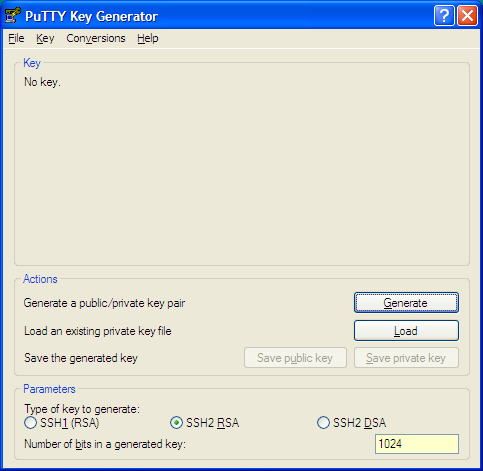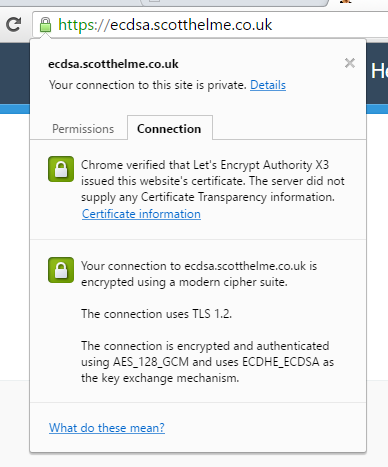We will start by creating the new file called hello.go, which will contain take in the passphrase. Generate the new AES cipher using a 32-byte long key. In this post I will walk you through generating RSA and DSA keys using ssh-keygen. Public key authentication for SSH sessions are far superior to any password authentication and provide much higher. What Is Encryption and How Does It Work? Computers, mobile devices and instant connections to the internet are seemingly everywhere. With that instant connectivity comes the rapidly increasing.
This page describes the command line tools for encryption and decryption. Enc is used for various block and stream ciphers using keys based on passwords or explicitly provided. It can also be used for Base64 encoding or decoding.
- 4Examples
- 4.2Encryption
Synopsis[edit]
The basic usage is to specify a ciphername and various options describing the actual task.
Aes Key Fortnite
You can obtain an incomplete help message by using an invalid option, eg. -help.

Cipher alogorithms[edit]
To get a list of available ciphers you can use the list -cipher-algorithms command
The output gives you a list of ciphers with its variations in key size and mode of operation. For example AES-256-CBC for AES with key size 256 bits in CBC-mode. Some ciphers also have short names, for example the one just mentioned is also known as aes256. These names are case insensitive. In addition none is a valid ciphername. This algorithms does nothing at all.
Options[edit]

The list of options is rather long.
- -in filename
- This specifies the input file.
- -out filename
- This specifies the output file. It will be created or overwritten if it already exists.

- -e or -d
- This specifies whether to encrypt (-e) or to decrypt (-d). Encryption is the default. Of course you have to get all the other options right in order for it to function properly. In particular it is necessary to give the correct cipher-name as well as -a, -A or -z options.
- -a, -A, -base64
- These flags tell OpenSSL to apply Base64-encoding before or after the cryptographic operation. The -a and -base64 are equivalent. If you want to decode a base64 file it is necessary to use the -d option. By default the encoded file has a line break every 64 characters. To suppress this you can use in addition to -base64 the -A flag. This will produce a file with no line breaks at all. You can use these flags just for encoding Base64 without any ciphers involved.
Aes Key Aade
- -bufsize n
- Specify the buffer size. This concerns only internal buffers. It has nothing to do with the cryptographic algorithms in question.
- -debug
- Enable debugging output. This does not include any sensitive information. See also -P.
- -engine id
- Specify an engine for example to use special hardware.
- -iv IV
- This specifies the initialization vectorIV as hexadecimal number. If not explicitly given it will be derived from the password. See key derivation for details.
- -k password, -kfile filename
- Both option are used to specify a password or a file containing the password which is used for key derivation. However they are deprecated. You should use the -pass option instead. The equivalents are -pass pass:password and -pass file:filename respectively.
- -K key
- This option allows you to set the key used for encryption or decryption. This is the key directly used by the cipher algorithm. If no key is given OpenSSL will derive it from a password. This process is described in PKCS5#5 (RFC-2898).
- -md messagedigest
- This specifies the message digest which is used for key derivation. It can take one of the values md2, md5, sha or sha1.
- -nopad
- This disables standard padding.
- -salt, -nosalt, -S salt
- These options allow to switch salting on or off. With -Ssalt it is possible to explicitly give its value (in hexadecimal).
- -p, -P
- Additionally to any encryption tasks, this prints the key, initialization vector and salt value (if used). If -P is used just these values are printed, no encryption will take place.
- -pass arg
- This specifies the password source. Possible values for arg are pass:password or file:filename, where password is your password and filename file containing the password.
Openssl Generate Aes Key Without Passphrase Download
- -z
- Use this flag to enable zlib-compression. After a file is encrypted (and maybe base64 encoded) it will be compressed via zlib. Vice versa while decrypting, zlib will be applied first.
Examples[edit]
Base64 Encoding[edit]
To encode a file text.plain you can use
To decode a file the the decrypt option (-d) has to be used
Encryption[edit]
Basic Usage[edit]
The most basic way to encrypt a file is this
It will encrypt the file some.secret using the AES-cipher in CBC-mode. The result will be Base64 encoded and written to some.secret.enc. OpenSSL will ask for password which is used to derive a key as well the initialization vector.Since encryption is the default, it is not necessary to use the -e option.
Use a given Key[edit]
It also possible to specify the key directly. For most modes of operations (i.e. all non-ECB modes) it is then necessary to specify an initialization vector. Usually it is derived together with the key form a password. And as there is no password, also all salting options are obsolete.
The key and the IV are given in hex. Their length depending on the cipher and key size in question.
The key above is one of 16 weak DES keys. It should not be used in practice.